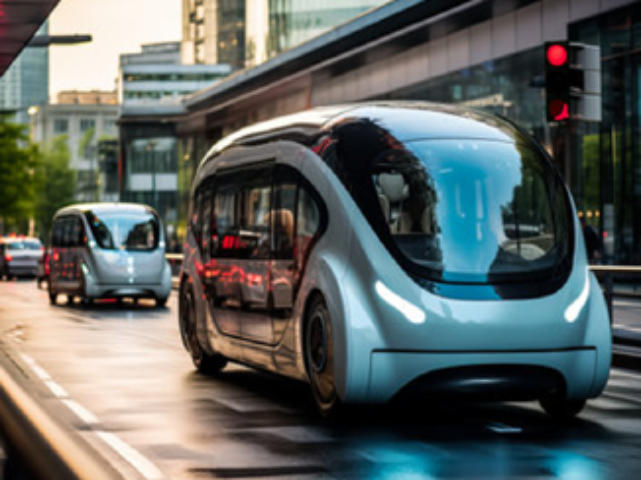Object Detection
(2D/3D)
Utilizing Bounding Box and Polygon annotations for accurate identification and classification of objects like Vehicles, Pedestrians, and Traffic Lights. This help in identifying and localizing various objects in the scene, allowing the autonomous vehicle's perception system to understand its surroundings.
Vehicle
Keypoint
Keypoint annotation on vehicles involves labeling specific points like Headlights, Doors, Tail Lights, Wheels, etc. By annotating key points on vehicles, AI algorithms can precisely locate and track these specific points.
Drivable Region and Road Boundaries Annotation
Using Polyline and Polygon annotation to mark the Lanes, Drivable Region, and Boundaries on the images. This annotated data serves various purposes, including training autonomous vehicles for lane detection, path planning, and understanding road infrastructure.
License Plate Annotation
Labelling license plate regions in images or video frames and transcribing the text. It facilitates automatic license plate recognition systems, enabling accurate identification and extraction of plate information for vehicle tracking, law enforcement, and traffic management purposes.
Vehicle Tracking On Video Annotation
Vehicle tracking annotation in videos involves annotating vehicle positions and trajectories across frames, utilizing bounding boxes or key points. This technique facilitates the analysis of vehicle behaviour, traffic flow, and interactions, enhancing understanding and enabling applications like autonomous driving and traffic management.
Full Scene Labelling
Annotation of all the objects, entities, and attributes present in the image. This enables the vehicle to detect and track objects, recognize and interpret traffic signs and road markings, understand the road layout, and anticipate and react to various scenarios in real time.
Sensor Fusion Annotation
Annotating synchronized data from multiple sensors such as cameras, LiDAR, and RADAR. It provides ground truth for developing perception systems by accurately labeling objects based on fused sensor data.

